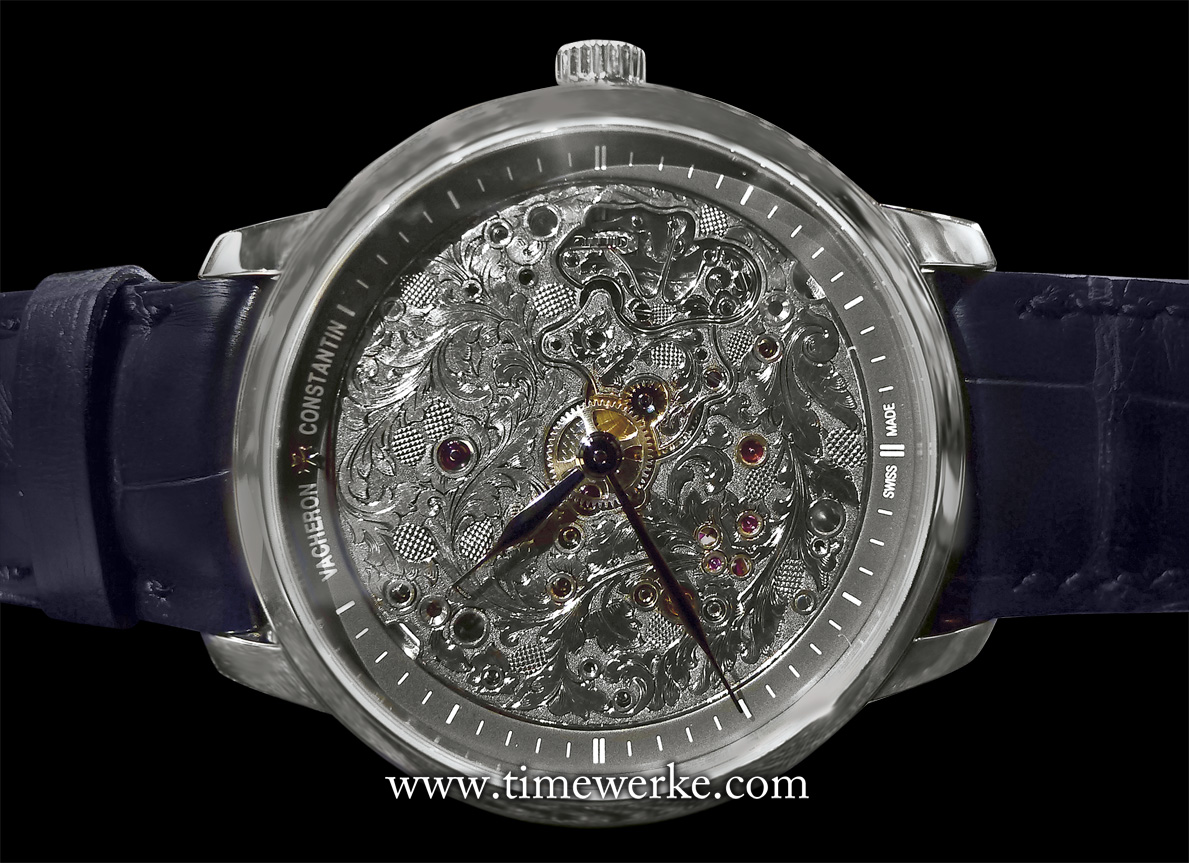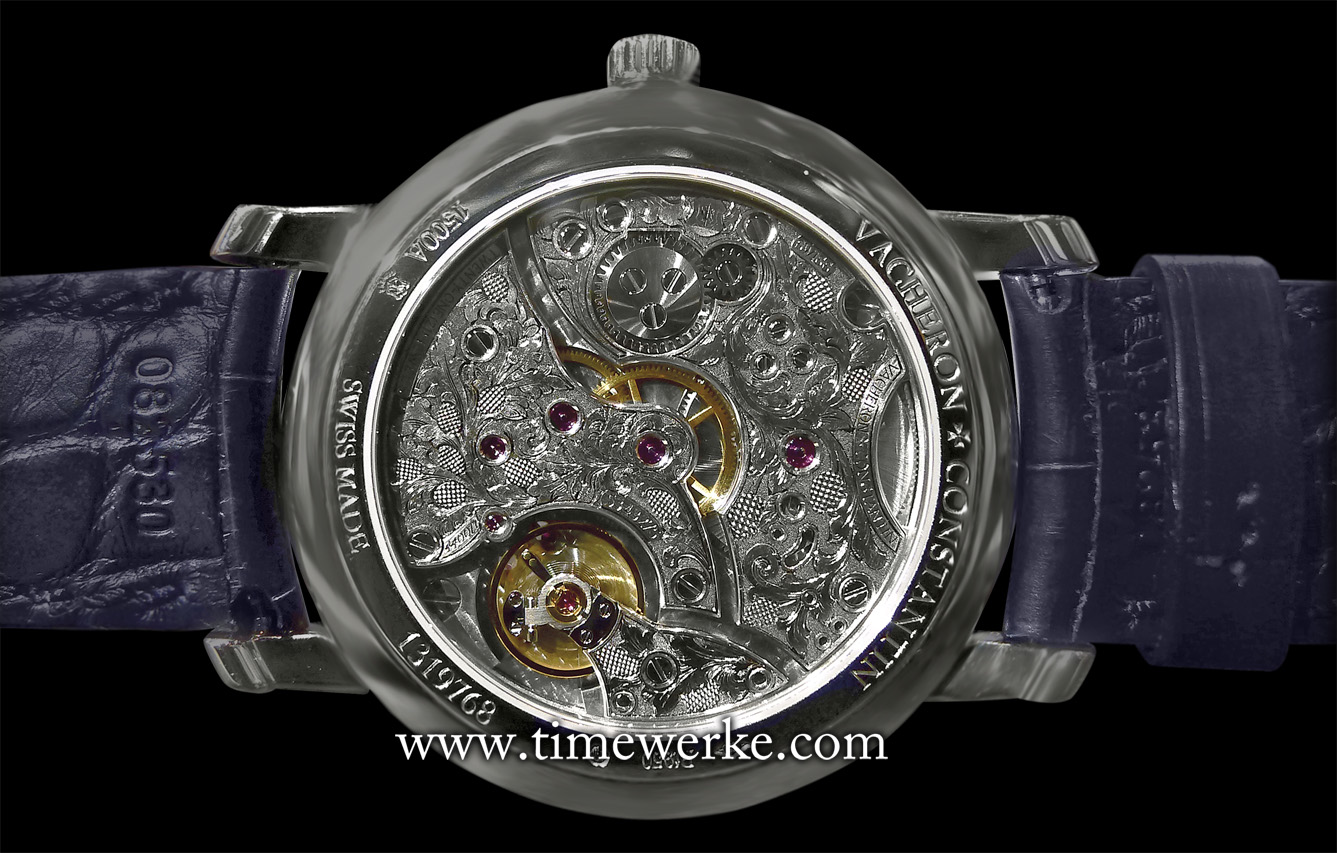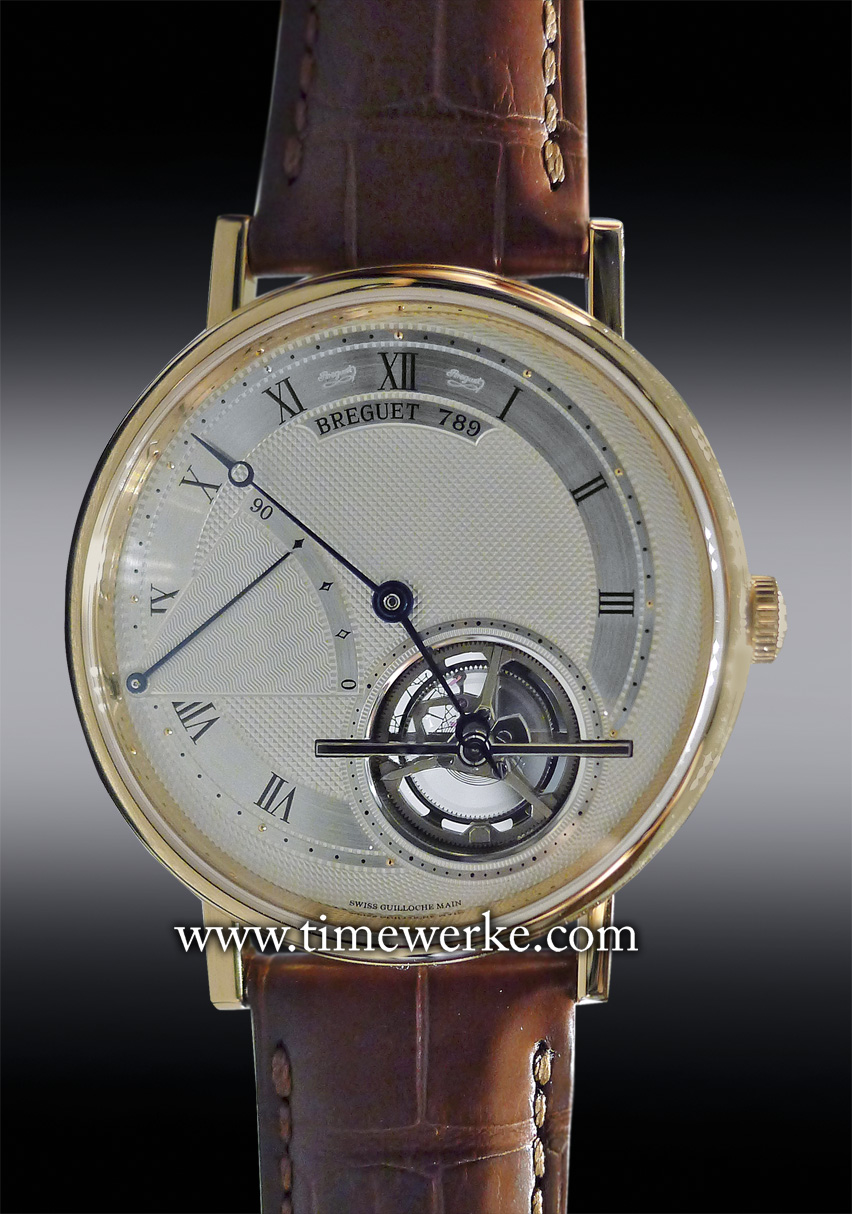
The 42mm Breguet Classique Tourbillon Extra-Thin Automatic 5377. Reference: 5377BR/12/9WU. Introduced in 2013, it features the Breguet Calibre 581DR extra-thin automatic movement (16-lignes) which is 3mm thick. It beats at the frequency of 28,800 vibrations per hour (4Hz) and has 80 hours of power reserve. Photo: © TANG Portfolio. Elfa / Timmy
The slim factor of the Breguet reference 5377 Classique Tourbillon is evident at first glance. The tourbillon is not to be missed for a blue sapphire has been set at the centre of the tourbillon bridge. This is, after all, made for those who desire a thin watch with the tourbillon, a specialty of Breguet.
The Breguet reference 5377 made its debut in 2013 at the annual BaselWorld watch fair housed in an 18K rose gold version (Reference 5377BR/12/9WU) with a 42mm diameter case that was 7mm thick. In 2014, the brand launched the platinum version (Reference 5377PT/12/9WU).
What is noteworthy is that the new Breguet Calibre 581DR with the movement thickness of 3mm has a tourbillon carriage and balance in titanium while the balance spring is made of silicon. The escapement is in silicon and anti-magnetic steel.
This means that the Calibre 581DR in the reference 5377 is one of the thinnest automatic tourbillon wristwatches around.
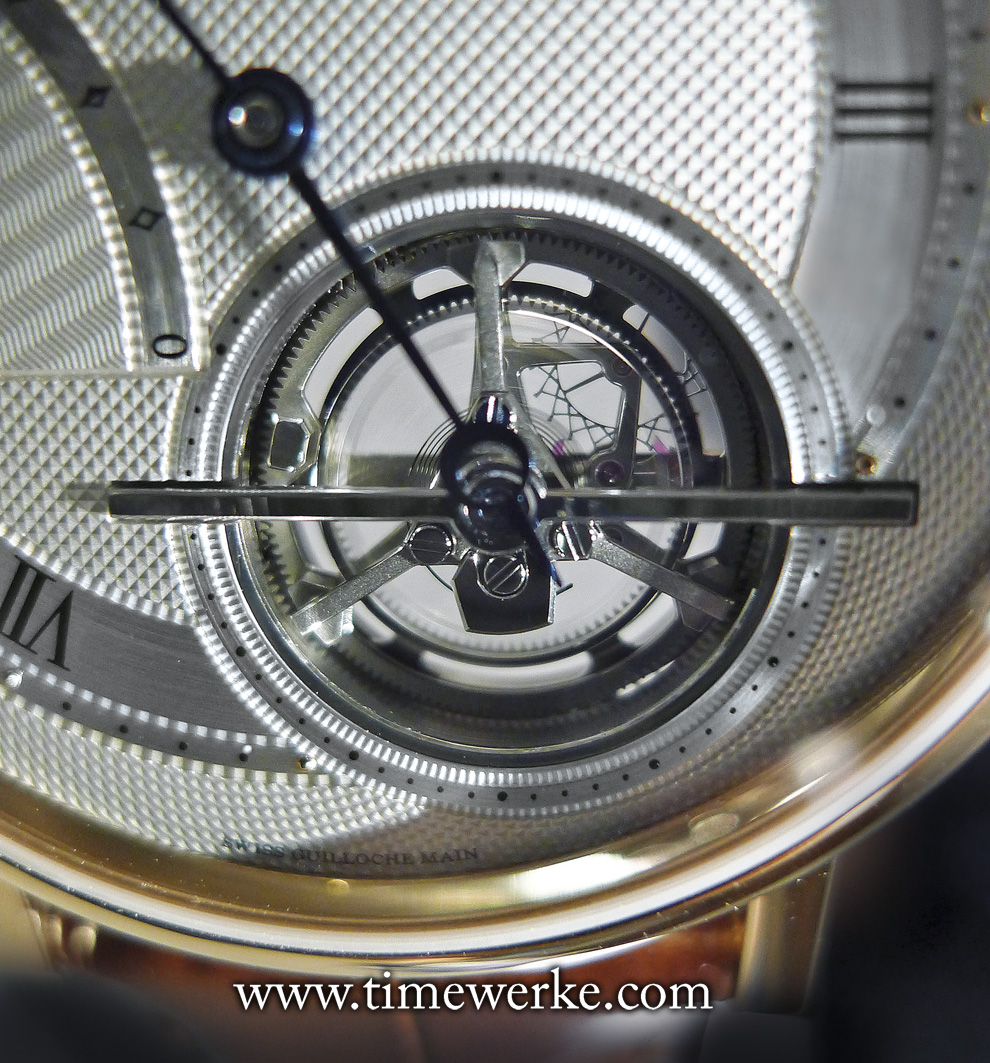
The Breguet Calibre 581DR features a tourbillon carriage and balance in titanium with the balance spring made of silicon. The escapement is made of silicon and anti-magnetic steel. Photo: © TANG Portfolio. Elfa / Timmy
Moreover, the frequency of the Calibre 581Dr is 4 Hertz or 28,800 vibrations per hour, which is at a rather high frequency for a tourbillon and yet, as the brand notes, does not sacrifice power reserve which stands at 80 hours thanks to the patented “high-energy” barrels.
One reason for the slim factor – the bi-directional platinum oscillating weight at the edge of the movement which is protected by two patents.
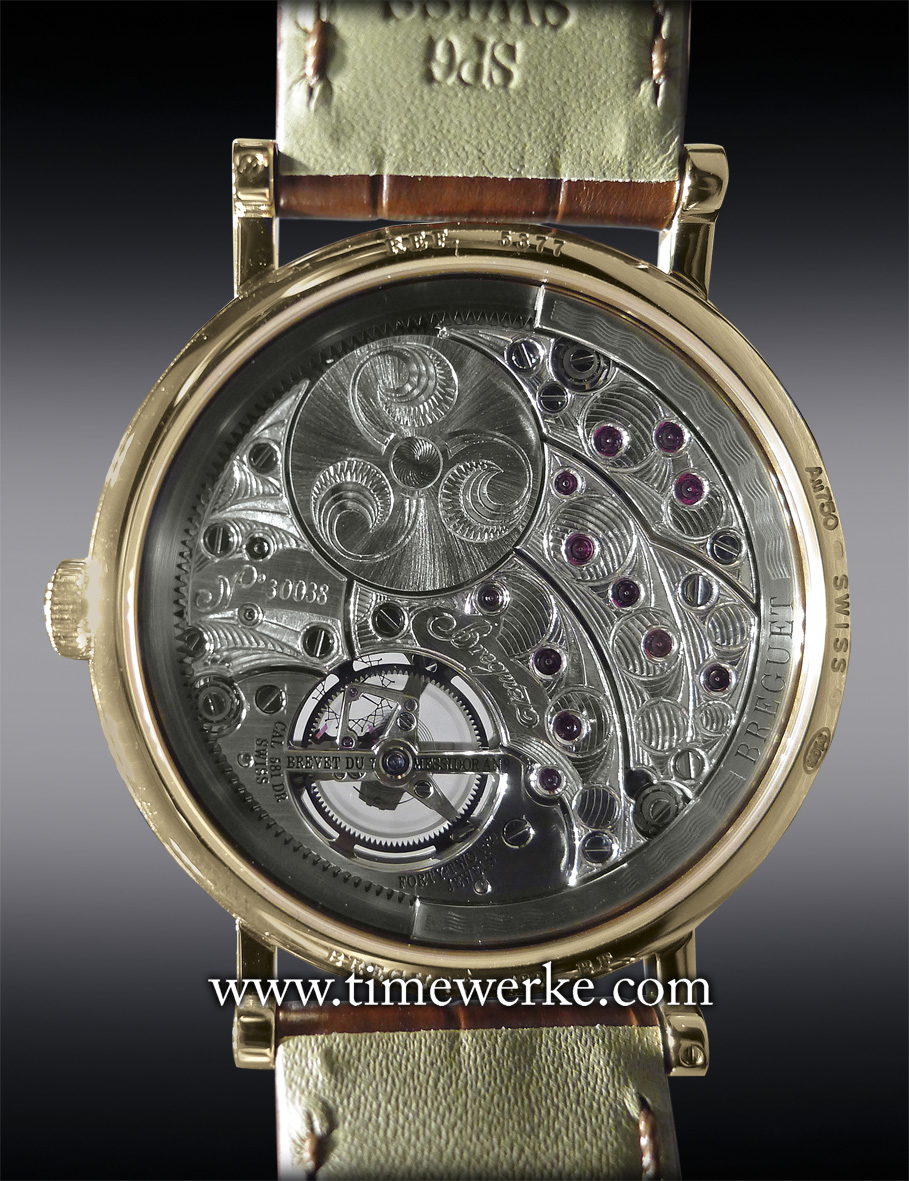
At the rear is the bi-directional winding peripheral oscillating weight in platinum that is protected by two patents. The peripheral rotor is one reason why such a slim automatic tourbillon movement can be achieved. Photo: © TANG Portfolio. Elfa / Timmy
The elegance of this wristwatch is brought up not just by its slimness but the finish of the dial as four different engine-turned patterns have been engraved.
The hours and minute hands are complemented by the clous de Paris hobnail pattern edged by a barleycorn motif while the power reserve display has engine-turned straight chevrons, each element having a cross-hatched border.







